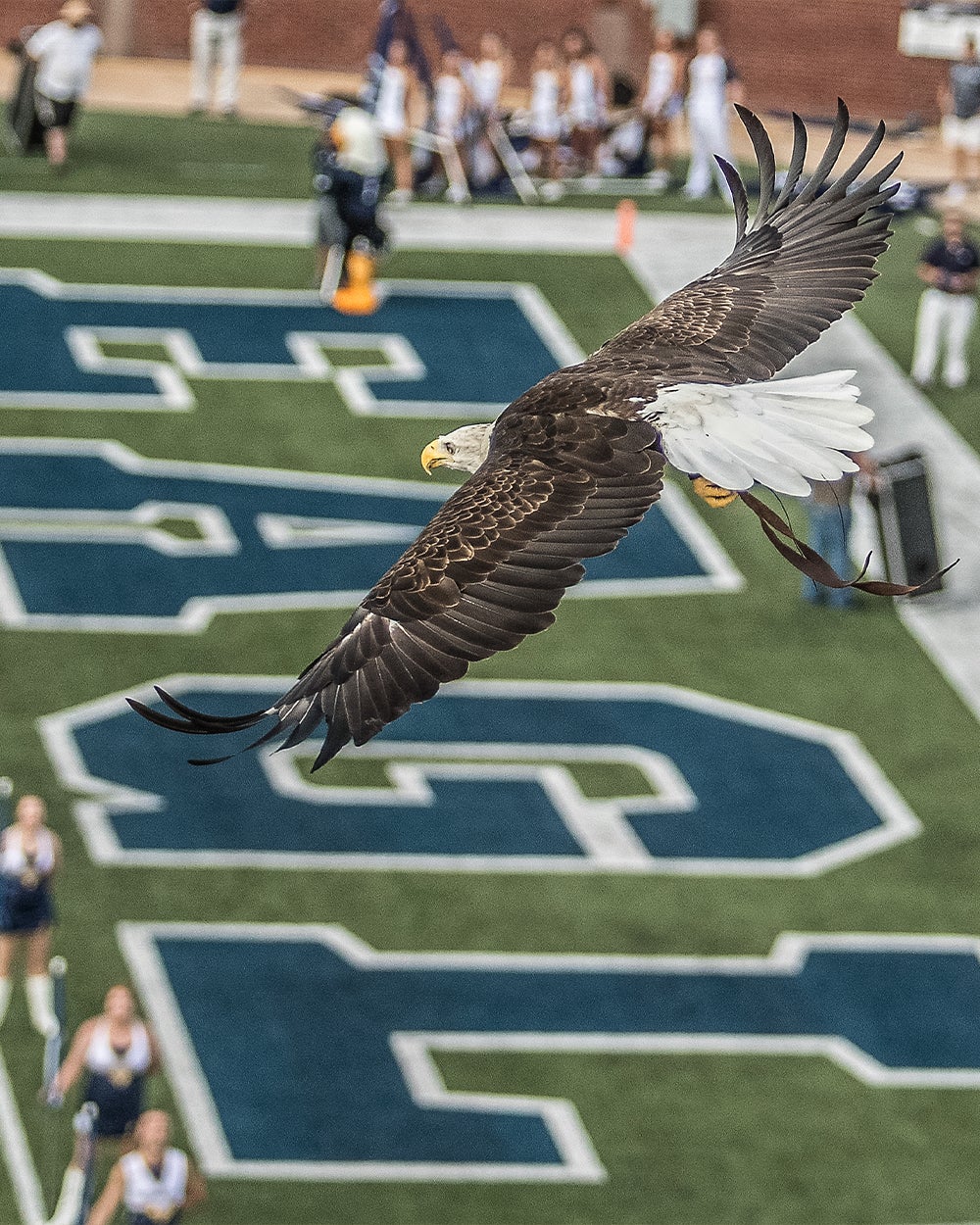Dr. Mike Hurst
 |
Associate Professor
|
Education
- B. S. University Missouri-KC University (1977)
- Ph.D. Iowa State University (1983)
Research
I am very interested in doing research with students taking our undergraduate research course, CHEM 4890. This work is suitable for students taking 1-3 credits per semester, and for students who are freshmen, seniors, or in between.
My current main interest in bio organic work with a compound called p-nitrophenylglyoxal (PNPP). This compound is of interest to biochemists because it reacts with the amino acid arginine (amino acids are found in proteins). The vast majority of chemical reactions start out at a steady rate and then slow down, but under certain conditions this reaction waits awhile, and then suddenly starts and speeds up. It’s as if you turned the key of your car and it did nothing for twenty minutes, and then suddenly took off. I want to find out why this is happening. Currently we are working on new ways to make the starting material, PNPP. I also need a student to work on studying the reactivity of related compounds, particularly p-hydroxyphenylglyoxal, with an –OH replacing the –NO2. A student working on this project would be working with organic synthesis, chemical kinetics, and various instrumental techniques such as NMR and UV-visible spectrophotometry. The above is the current main interest of my lab. Below you can see some other research interests.
Isolation and structural determination of a milkweed compound with a chromophore with an unusually low pKa. I have the milkweed and the idea, I need an organically inclined student to develop it.
Studying the reaction of p-nitrobenzyl chloride with cyanide. The product is orange and we know its structure and spectra and something of the kinetics, but under certain solvent conditions the product is red and I would like to explore this further.
I would like to develop some ideas I have on better or improved general chemistry lab experiments. Students who have had some general chemistry and who have an interest in making those experiments work better or in making them more interesting or relevant are very welcome. These projects currently include:
- Developing a CHEM 1146 kinetics experiment with utilizes the new colorimeters on the general chemistry computers.
- Developing a CHEM 1145 experiment or exercise relating crystal angles and structure to the ionic structure of the crystal.
- Developing a CHEM 1145 redox demonstration.
Developing a simple way of crystallizing MgATP, in collaboration with Dr. Dobson, in order to develop a CHEM 5541 lab experiment.
I have some ideas for some library research projects. These type of projects are good for students who have had general chemistry (or more), and sometimes can end up in the Journal of Chemical Education. They include:
- The relationship of the mineral hardness scale (some of you learned about this in geology or earth science) to chemical bonding. Why does the hardness vary the way it does?
- The role of chemistry in military history, especially explosives. Chemistry has had a huge role in warfare, from the change from bronze to iron in armor to the development of modern high explosives. The chemical details of this, however, are not well known, especially at the molecular/atomic level. This would be a good library research project for someone who wants to know about the chemistry of their deer rifle, the goal being a poster presentation or a paper in the Journal of Chemical Education.
Courses Taught
- CHEM 1145 Principles of Chemistry I
- CHEM 1146 Principles of Chemistry II
- CHEM 1140 Introduction to General and Organic Chemistry
- CHEM 5541 Biochemistry I
- CHEM 5542 Biochemistry II
- CHEM 3610 Junior Seminar
- CHEM 4611 Senior Seminar
- CHEM 4890 Chemical Research Experience
Selected Publications
- Michael O. Hurst How We Teach Molecular Structure to Freshmen, J. of Chemical Education, 2002, 79, 763-4.
- Michael O. Hurst and Michael V. Keenan. Isolation and Visible Spectrophotometry of Plant Pigments, Georgia Journal of Science, 1998, 56, 94-98.
- Michael O. Hurst and S. Todd Deal. Utilizing Isolation, Purification, and Characterization of Enzymes as Project-Oriented Labs for Undergraduate Biochemistry, J. of Chemical Education, 1997, 74, 241-242.
Last updated: 4/15/2024
